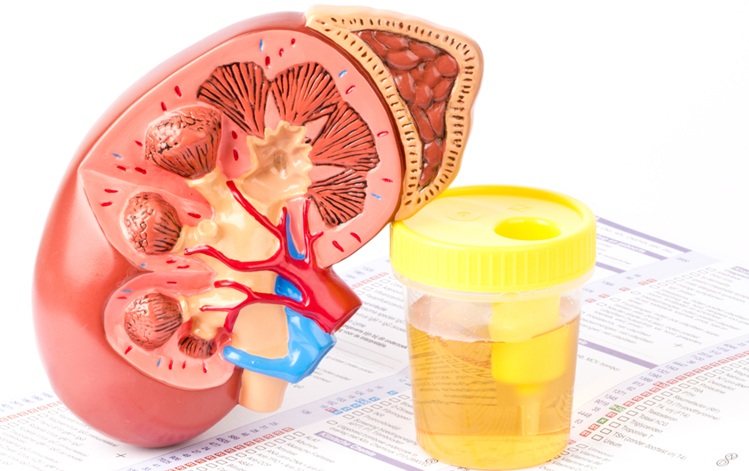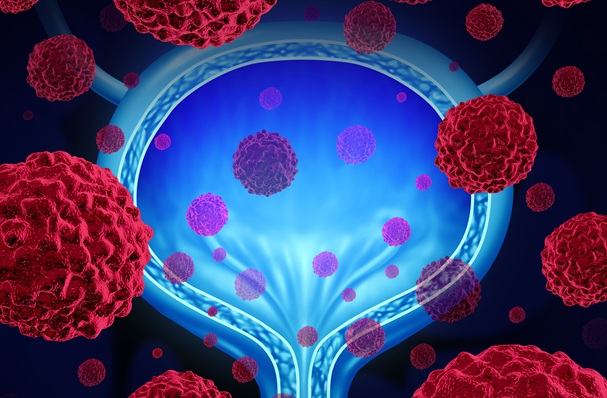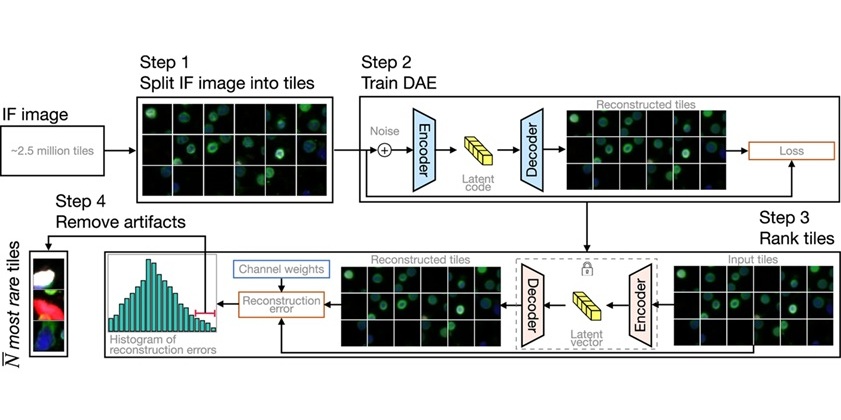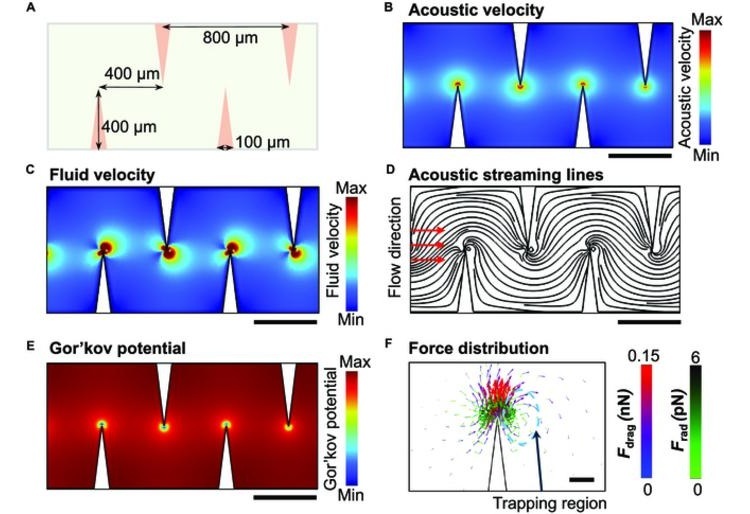New Liquid Biopsy Assay Reveals Host-Pathogen Interactions
|
By LabMedica International staff writers Posted on 09 Sep 2019 |
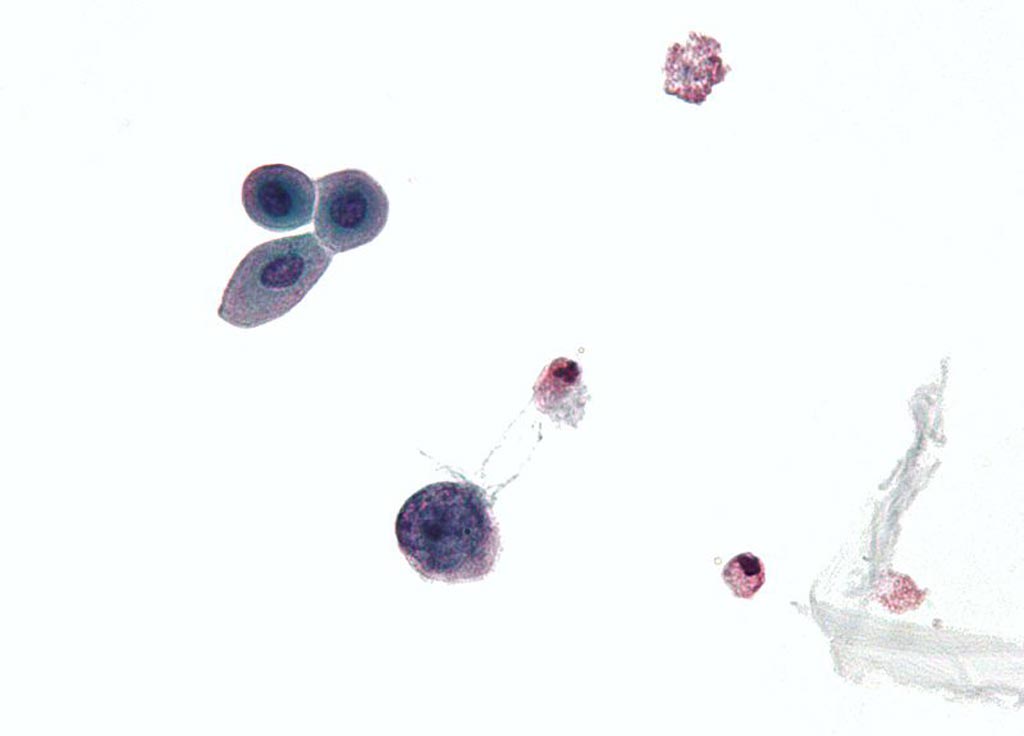
Image: A micrograph of a urine cytology specimen showing a polyomavirus infected cell (Photo courtesy of Wikimedia Commons).
A sensitive new assay employs high-throughput DNA sequencing to identify a large range of viral and bacterial pathogens in clinical samples, distinguish them from host DNA, and determine the degree of host tissue injury due to interaction with the pathogens.
While high-throughput DNA sequencing offers an unbiased approach to identify pathogens in clinical samples, this method does not take into account information about the host, which is often critical to distinguish infection from infectious disease, and to assess the severity of disease.
To provide more information about the host-pathogen relationship, investigators at Cornell University (Ithaca, NY, USA) developed a liquid biopsy technique to map cell-free DNA (cfDNA) from clinical samples such as blood and urine. This assay simultaneously quantified the abundance of a large range of viral and bacterial pathogens as well as the degree of host tissue injury from host–microorganism interaction. This was accomplished with a genome-wide measurement of cell-free DNA methylation marks via bisulfite sequencing, a process in which the cell-free DNA was treated with salt to reveal methylation marks.
Bisulfite sequencing to determine the pattern of methylation was performed following treatment of DNA with bisulfite. Treatment of DNA with bisulfite converted cytosine residues to uracil, but left 5-methylcytosine residues unaffected. Therefore, DNA that had been treated with bisulfite retained only methylated cytosines. Bisulfite treatment introduced specific changes in the DNA sequence that depended on the methylation status of individual cytosine residues, yielding single-nucleotide resolution information about the methylation status of a segment of DNA.
The investigators applied the new assay technique to analyze 51 urinary cfDNA isolates collected from a cohort of kidney transplant recipients with and without bacterial and viral infection of the urinary tract. They found that the cell and tissue types of origin of urinary cfDNA could be derived from its genome-wide profile of methylation marks, and strongly depended on infection status. Furthermore, they found evidence of kidney and bladder tissue damage due to viral and bacterial infection, respectively, and of the recruitment of neutrophils to the urinary tract during infection. Through direct comparison to conventional DNA sequencing as well as clinical tests of infection, they found that this assay accurately captured the bacterial and viral composition of the sample.
In particular, the investigators demonstrated that kidney-specific urine cell-free DNA was higher in individuals with BK polyomavirus (BKV nephropathy) as compared to those with BKV replication alone and those with no BKV replication, suggesting a role for this assay to monitor kidney damage in the face of active viral replication and infection.
Senior author Dr. Iwijn De Vlaminck, professor of biomedical engineering at Cornell University, said, "So we developed an assay that would simultaneously inform us about the presence or absence of a wide range of pathogens, but at the same time would also tell us about the injury of different host tissues. The combined information enables us to more definitively say whether a person is dealing with disease or not. But there was still a big gap to assess whether that organism is actually causing disease. That is really a critical question, because some organisms are just commensals, they live side by side with the host. Our guts are filled with microbes, but those microbes may not be the reason you are suffering from disease. In a way, you are infected. You are colonized, but that is just part of normal biology."
The new assay method was described in the August 26, 2019, online edition of the journal Proceedings of the [U.S.] National Academy of Sciences.
Related Links:
Cornell University
While high-throughput DNA sequencing offers an unbiased approach to identify pathogens in clinical samples, this method does not take into account information about the host, which is often critical to distinguish infection from infectious disease, and to assess the severity of disease.
To provide more information about the host-pathogen relationship, investigators at Cornell University (Ithaca, NY, USA) developed a liquid biopsy technique to map cell-free DNA (cfDNA) from clinical samples such as blood and urine. This assay simultaneously quantified the abundance of a large range of viral and bacterial pathogens as well as the degree of host tissue injury from host–microorganism interaction. This was accomplished with a genome-wide measurement of cell-free DNA methylation marks via bisulfite sequencing, a process in which the cell-free DNA was treated with salt to reveal methylation marks.
Bisulfite sequencing to determine the pattern of methylation was performed following treatment of DNA with bisulfite. Treatment of DNA with bisulfite converted cytosine residues to uracil, but left 5-methylcytosine residues unaffected. Therefore, DNA that had been treated with bisulfite retained only methylated cytosines. Bisulfite treatment introduced specific changes in the DNA sequence that depended on the methylation status of individual cytosine residues, yielding single-nucleotide resolution information about the methylation status of a segment of DNA.
The investigators applied the new assay technique to analyze 51 urinary cfDNA isolates collected from a cohort of kidney transplant recipients with and without bacterial and viral infection of the urinary tract. They found that the cell and tissue types of origin of urinary cfDNA could be derived from its genome-wide profile of methylation marks, and strongly depended on infection status. Furthermore, they found evidence of kidney and bladder tissue damage due to viral and bacterial infection, respectively, and of the recruitment of neutrophils to the urinary tract during infection. Through direct comparison to conventional DNA sequencing as well as clinical tests of infection, they found that this assay accurately captured the bacterial and viral composition of the sample.
In particular, the investigators demonstrated that kidney-specific urine cell-free DNA was higher in individuals with BK polyomavirus (BKV nephropathy) as compared to those with BKV replication alone and those with no BKV replication, suggesting a role for this assay to monitor kidney damage in the face of active viral replication and infection.
Senior author Dr. Iwijn De Vlaminck, professor of biomedical engineering at Cornell University, said, "So we developed an assay that would simultaneously inform us about the presence or absence of a wide range of pathogens, but at the same time would also tell us about the injury of different host tissues. The combined information enables us to more definitively say whether a person is dealing with disease or not. But there was still a big gap to assess whether that organism is actually causing disease. That is really a critical question, because some organisms are just commensals, they live side by side with the host. Our guts are filled with microbes, but those microbes may not be the reason you are suffering from disease. In a way, you are infected. You are colonized, but that is just part of normal biology."
The new assay method was described in the August 26, 2019, online edition of the journal Proceedings of the [U.S.] National Academy of Sciences.
Related Links:
Cornell University
Latest BioResearch News
- Genome Analysis Predicts Likelihood of Neurodisability in Oxygen-Deprived Newborns
- Gene Panel Predicts Disease Progession for Patients with B-cell Lymphoma
- New Method Simplifies Preparation of Tumor Genomic DNA Libraries
- New Tool Developed for Diagnosis of Chronic HBV Infection
- Panel of Genetic Loci Accurately Predicts Risk of Developing Gout
- Disrupted TGFB Signaling Linked to Increased Cancer-Related Bacteria
- Gene Fusion Protein Proposed as Prostate Cancer Biomarker
- NIV Test to Diagnose and Monitor Vascular Complications in Diabetes
- Semen Exosome MicroRNA Proves Biomarker for Prostate Cancer
- Genetic Loci Link Plasma Lipid Levels to CVD Risk
- Newly Identified Gene Network Aids in Early Diagnosis of Autism Spectrum Disorder
- Link Confirmed between Living in Poverty and Developing Diseases
- Genomic Study Identifies Kidney Disease Loci in Type I Diabetes Patients
- Liquid Biopsy More Effective for Analyzing Tumor Drug Resistance Mutations
- Method Developed for Enriching Trophoblast Population in Samples
- RNA-Based Test Developed for HPV Detection and Cancer Diagnosis
Channels
Clinical Chemistry
view channel
VOCs Show Promise for Early Multi-Cancer Detection
Early cancer detection is critical to improving survival rates, but most current screening methods focus on individual cancer types and often involve invasive procedures. This makes it difficult to identify... Read more
Portable Raman Spectroscopy Offers Cost-Effective Kidney Disease Diagnosis at POC
Kidney disease is typically diagnosed through blood or urine tests, often when patients present with symptoms such as blood in urine, shortness of breath, or weight loss. While these tests are common,... Read moreMolecular Diagnostics
view channel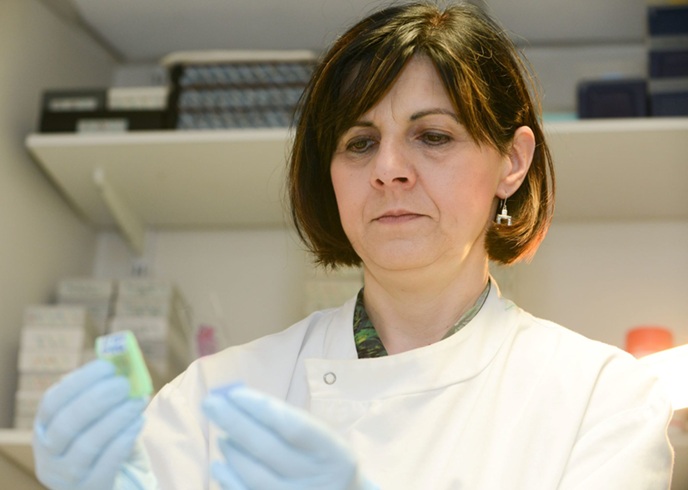
Urine Test Detects Early Stage Pancreatic Cancer
Pancreatic cancer remains among the hardest cancers to detect early. In the UK, around 10,000 people are diagnosed each year, but only 5% survive beyond five years. Late diagnosis is a major factor—more... Read more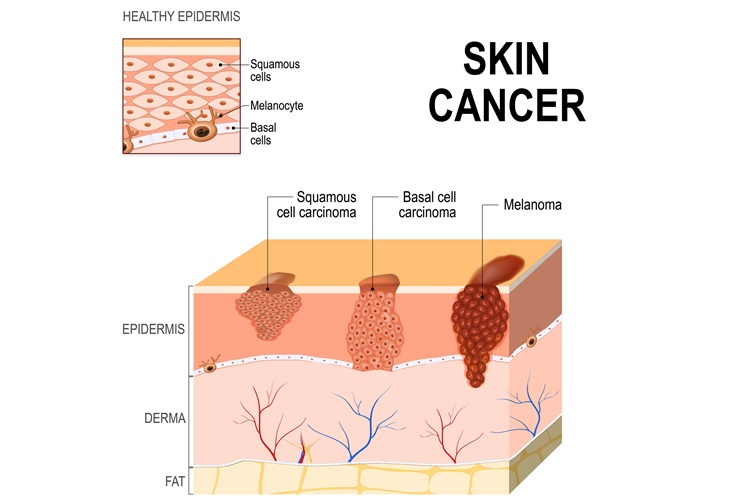
Genomic Test Could Reduce Lymph Node Biopsy Surgery in Melanoma Patients
Accurately determining whether melanoma has spread to the lymph nodes is crucial for guiding treatment decisions, yet the standard procedure—sentinel lymph node biopsy—remains invasive, costly, and unnecessary... Read moreHematology
view channel
ADLM’s New Coagulation Testing Guidance to Improve Care for Patients on Blood Thinners
Direct oral anticoagulants (DOACs) are one of the most common types of blood thinners. Patients take them to prevent a host of complications that could arise from blood clotting, including stroke, deep... Read more
Viscoelastic Testing Could Improve Treatment of Maternal Hemorrhage
Postpartum hemorrhage, severe bleeding after childbirth, remains one of the leading causes of maternal mortality worldwide, yet many of these deaths are preventable. Standard care can be hindered by delays... Read more
Pioneering Model Measures Radiation Exposure in Blood for Precise Cancer Treatments
Scientists have long focused on protecting organs near tumors during radiotherapy, but blood — a vital, circulating tissue — has largely been excluded from dose calculations. Each blood cell passing through... Read moreImmunology
view channel
Blood-Based Liquid Biopsy Model Analyzes Immunotherapy Effectiveness
Immunotherapy has revolutionized cancer care by harnessing the immune system to fight tumors, yet predicting who will benefit remains a major challenge. Many patients undergo costly and taxing treatment... Read more
Signature Genes Predict T-Cell Expansion in Cancer Immunotherapy
Modern cancer immunotherapies rely on the ability of CD8⁺ T cells to rapidly multiply within tumors, generating the immune force needed to eliminate cancer cells. However, the biological triggers behind... Read moreMicrobiology
view channel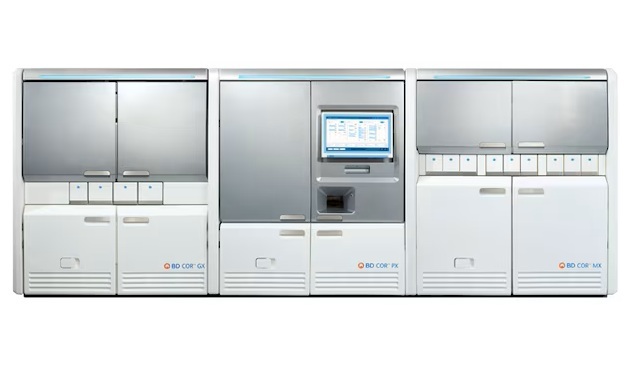
High-Throughput Enteric Panels Detect Multiple GI Bacterial Infections from Single Stool Swab Sample
Gastrointestinal (GI) infections are among the most common causes of illness worldwide, leading to over 1.7 million deaths annually and placing a heavy burden on healthcare systems. Conventional diagnostic... Read more
Fast Noninvasive Bedside Test Uses Sugar Fingerprint to Detect Fungal Infections
Candida bloodstream infections are a growing global health threat, causing an estimated 6 million cases and 3.8 million deaths annually. Hospitals are particularly vulnerable, as weakened patients after... Read morePathology
view channel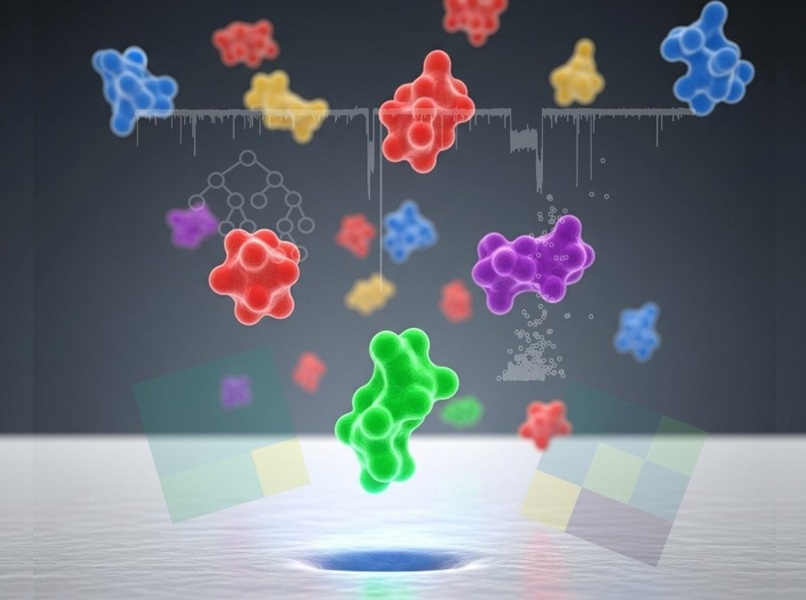
New Molecular Analysis Tool to Improve Disease Diagnosis
Accurately distinguishing between similar biomolecules such as proteins is vital for biomedical research and diagnostics, yet existing analytical tools often fail to detect subtle structural or compositional... Read more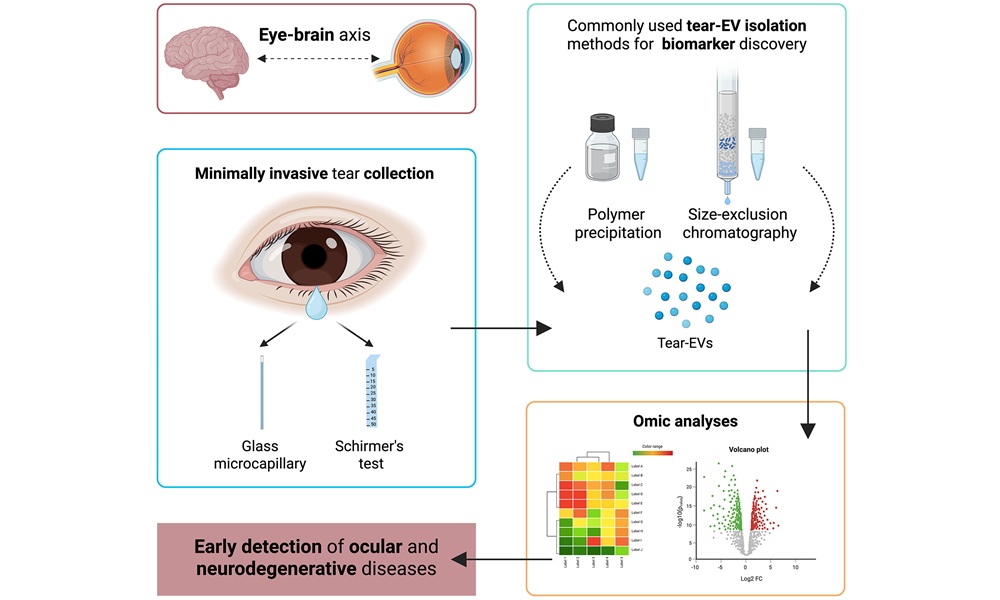
Tears Offer Noninvasive Alternative for Diagnosing Neurodegenerative Diseases
Diagnosing and monitoring eye and neurodegenerative diseases often requires invasive procedures to access ocular fluids. Ocular fluids like aqueous humor and vitreous humor contain valuable molecular information... Read moreTechnology
view channel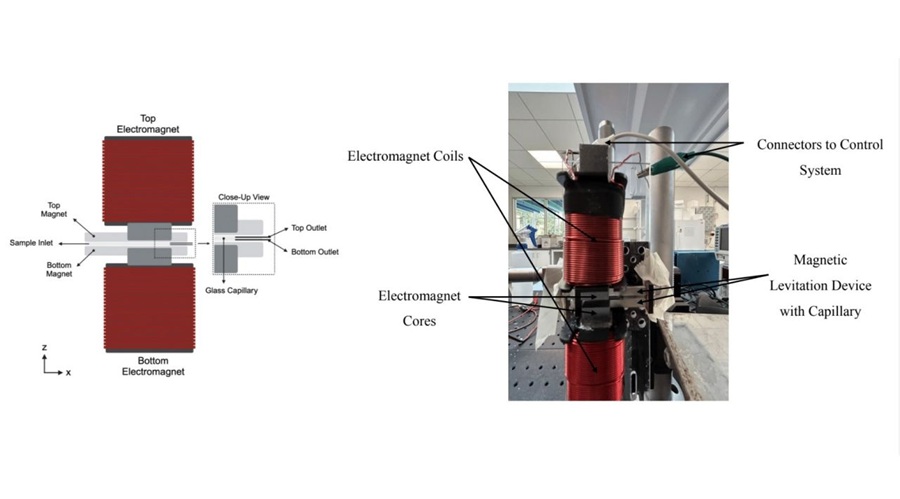
Cell-Sorting Device Uses Electromagnetic Levitation to Precisely Direct Cell Movement
Sorting different cell types—such as cancerous versus healthy or live versus dead cells—is a critical task in biology and medicine. However, conventional methods often require labeling, chemical exposure,... Read more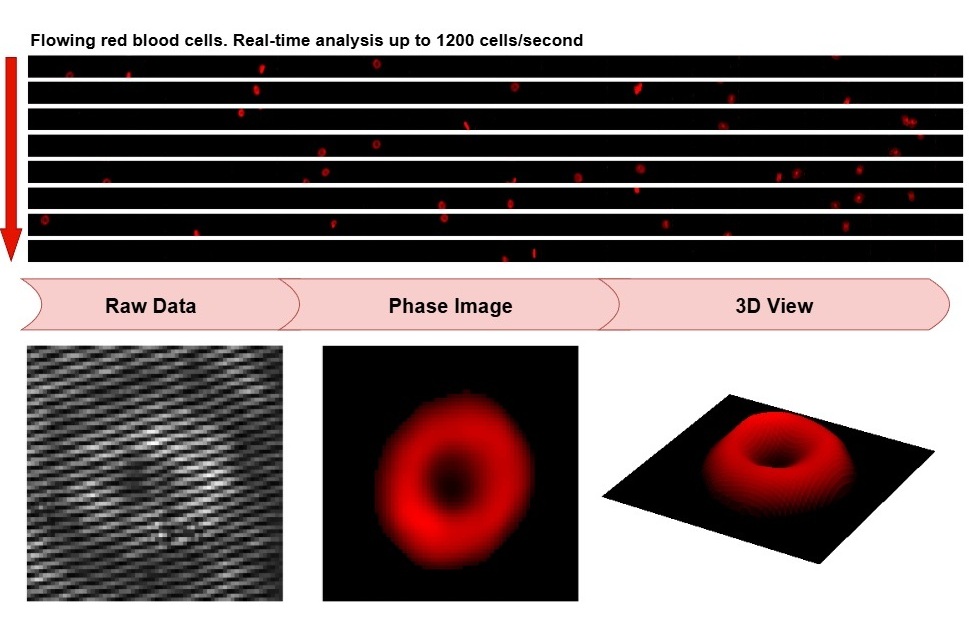
Embedded GPU Platform Enables Rapid Blood Profiling for POC Diagnostics
Blood tests remain a cornerstone of medical diagnostics, but traditional imaging and analysis methods can be slow, costly, and reliant on dyes or contrast agents. Now, scientists have developed a real-time,... Read moreIndustry
view channel
Qiagen Acquires Single-Cell Omics Firm Parse Biosciences
QIAGEN (Venlo, Netherlands) has entered into a definitive agreement to fully acquire Parse Biosciences (Seattle, WA, USA), a provider of scalable, instrument-free solutions for single-cell research.... Read more
Puritan Medical Products Showcasing Innovation at AMP2025 in Boston
Puritan Medical Products (Guilford, ME, USA), the world’s most trusted manufacturer of swabs and specimen collection devices, is set to exhibit at AMP2025 in Boston, Massachusetts, from November 11–15.... Read more
Advanced Instruments Merged Under Nova Biomedical Name
Advanced Instruments (Norwood, MA, USA) and Nova Biomedical (Waltham, MA, USA) are now officially doing business under a single, unified brand. This transformation is expected to deliver greater value... Read more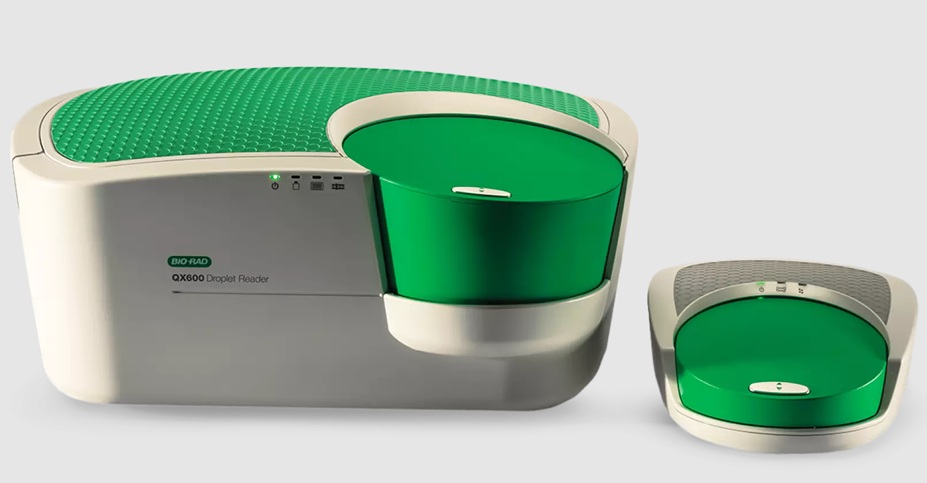









 assay.jpg)



